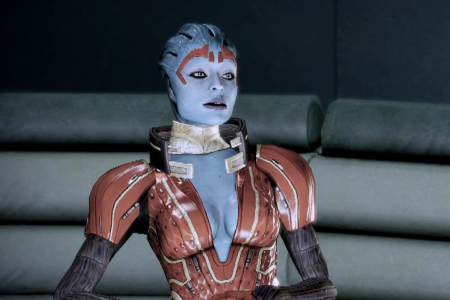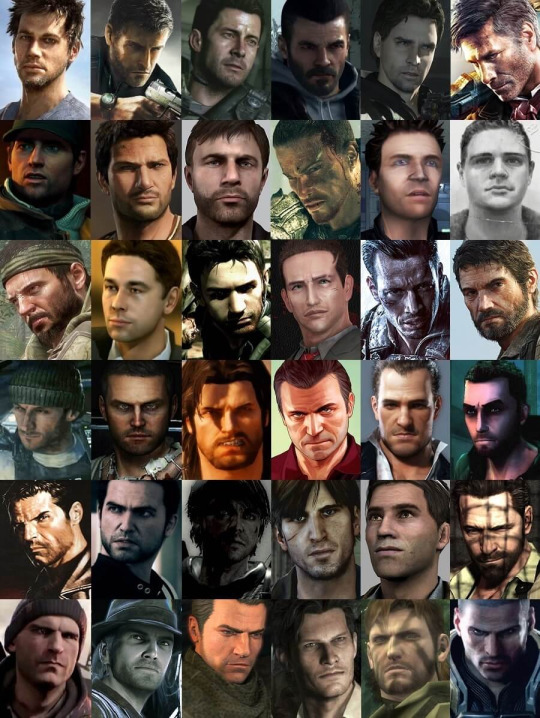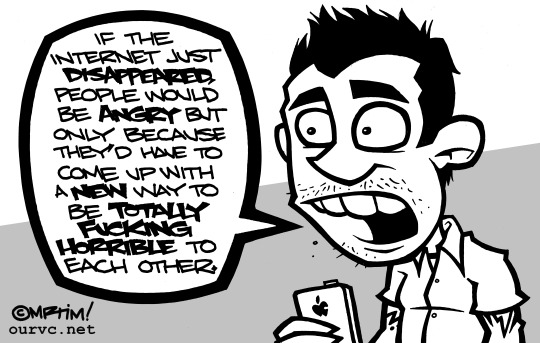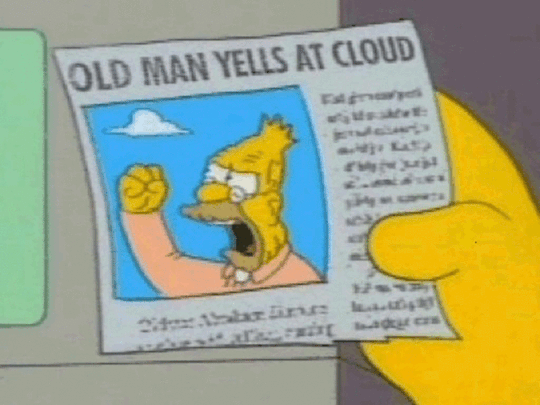Well, like so many explanations, this creates some obvious issues.
Firstly it’s dependent upon arbitrary divisions that mostly serve to try to pretend various parts of media just don’t exist or somehow don’t matter regardless of who consumes them.
For example: only free to play?
League of Legends is a free to play game that generates millions in revenues, has a professional esports scene and pretty much launched the rise of MOBAs as a gaming genre. While it does have some characters who are positive examples, and the occasional sexy man, it’s in fact so problematic it has a whole blog trying to keep track of it all (ie @leagueofsexism)
Long time offender World of Warcraft is basically the MMORPG that got away with not being a free to play game for years and years (and the free part available today is super stingy).
Ultimately, Free To Play is just a business model – there are good games that use it well and terrible games that try desperately to exploit it.
As for the statement of generally bad games, well it’s certainly true that many games that rely upon the skimpy armor are terrible. It’s also true their poor reception tells you everything you need to know about the myth that “sex sells”. However, there’s certainly also celebrated AAA titles that feature all kinds of terrible female attire:
Metal Gear Solid 5: The Phantom Pain has a massively critically successful creation of game development superstar Hideo Kojima. It was a massive financial success and brought us so, so many wonderful breathing through your skin jokes.
The Witcher 3 collected a slew of awards, critical praise and is still getting massive sales of the game itself and it’s hefty DLC expansion packs after resorting to trying to blame a female character for her questionable battle attire choices and pretend the rest of the problems weren’t there.
As for overrated… well by who?
Every game has people who feel it’s overrated and most games have people who think it’s underrated. No opinion though changes that Overwatch has sold millions of copies, gotten massive amounts of media attention, generated tons of vocal fans and made millions of dollars for Blizzard.
Really the arguments above aren’t really a useful statements, they’re just an excuse to dismiss literally any game as not being worthy of valid concern.
– wincenworks
Continuing from your brother’s logic, here’s an extended list of arbitrary things a game can’t be if we want to judge its treatment of women:
- it’s free to play
- it’s freemium/pay to play/any other technically free
gameplay model
that involves microtransactions for the full experience
- it’s popular
- it never became popular
- it’s overrated
- it’s underrated
- its core demographic are horny men
- its core demographic are children
- it’s made in America and therefore immune to criticism under freedom of speech
- it’s made outside of America and therefore comes from a magical land of porn and fairy dust
- the title contains letters of some sort in it
-
it has graphics of some kind
Well that suuure leaves us with a fair and totally unbiased choice of games to talk about.
~Ozzie











